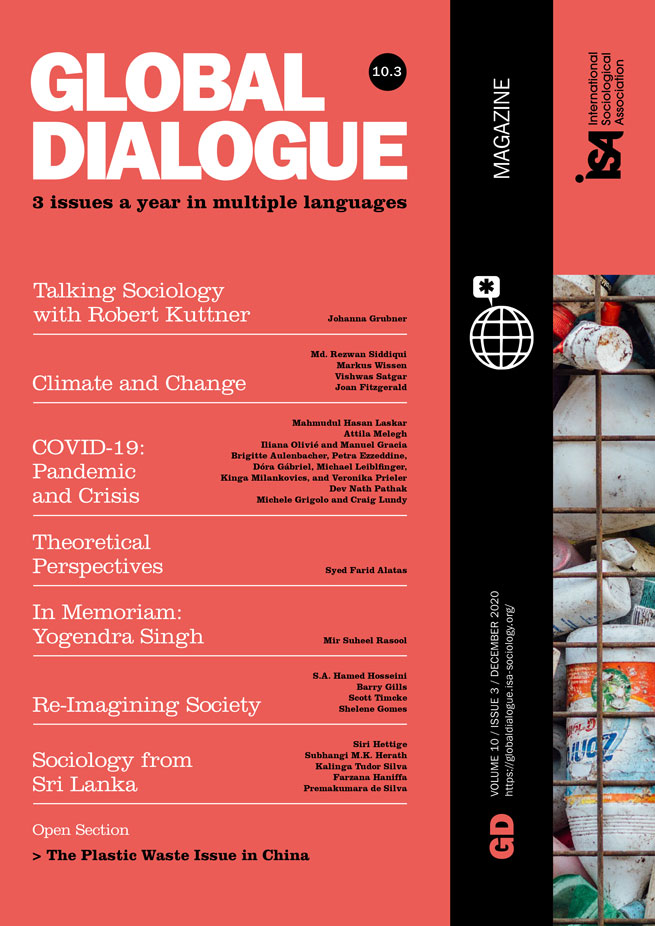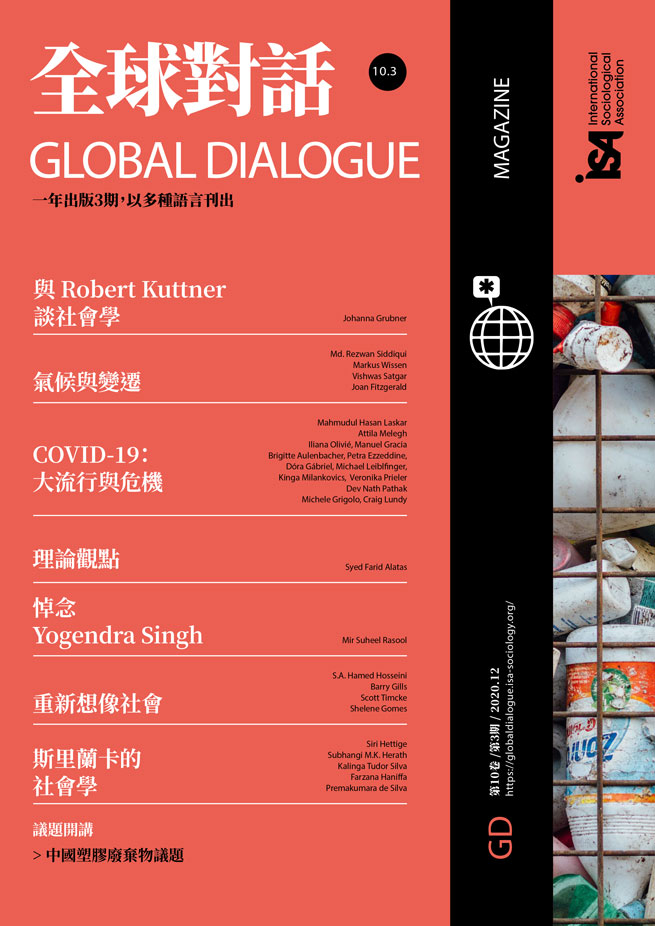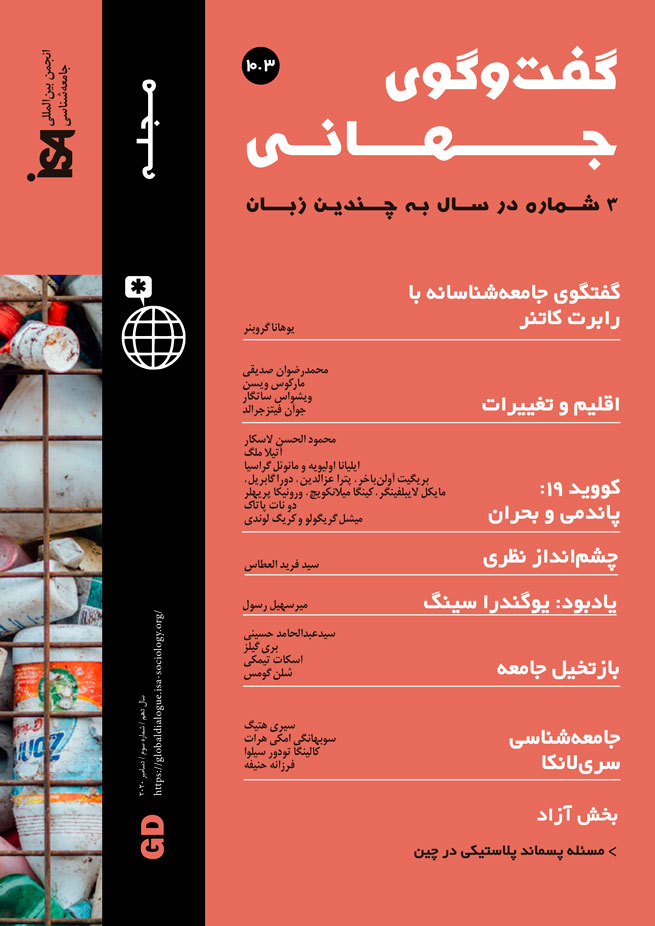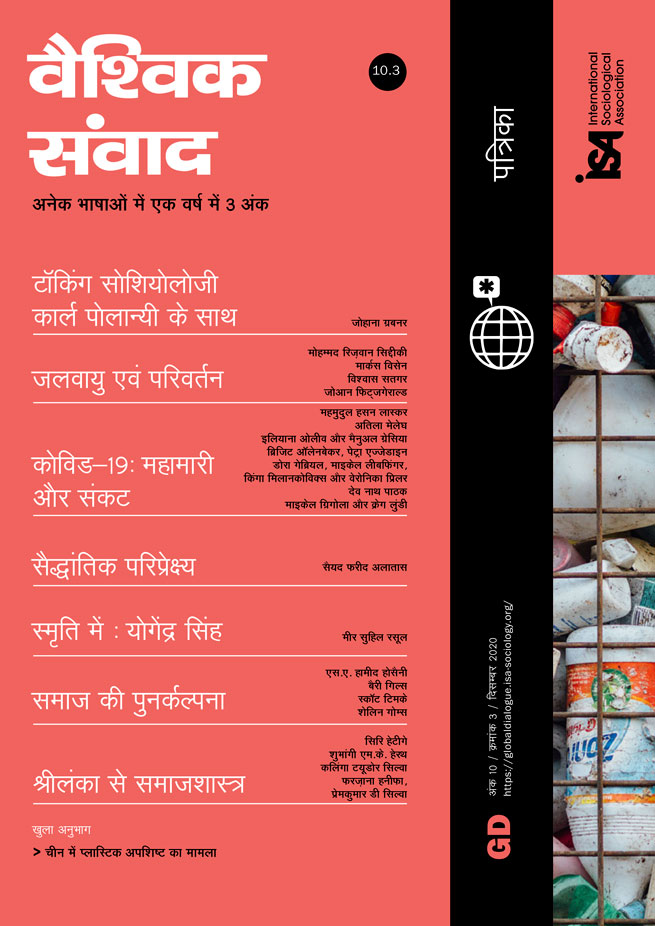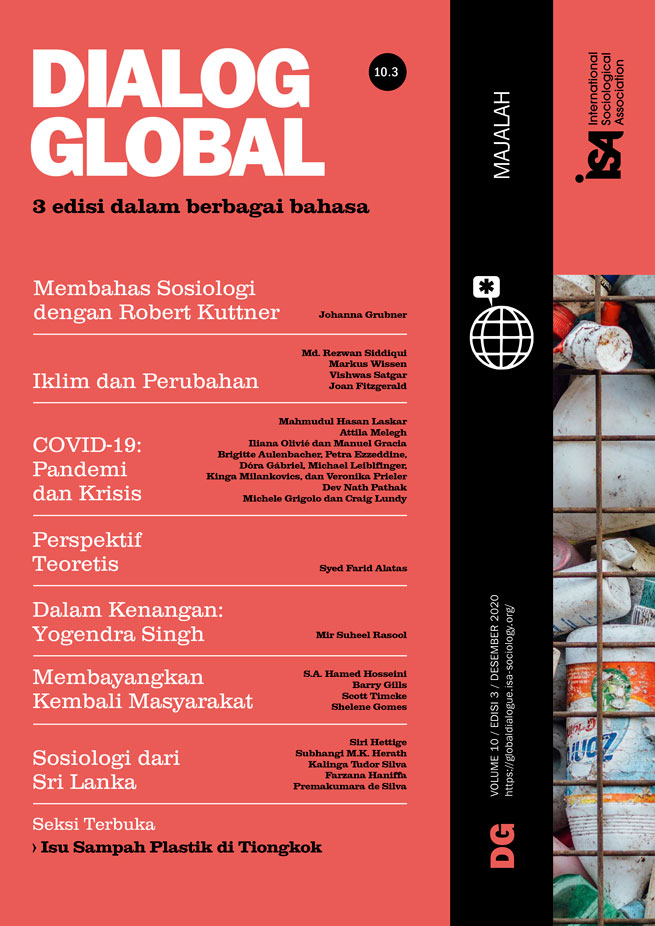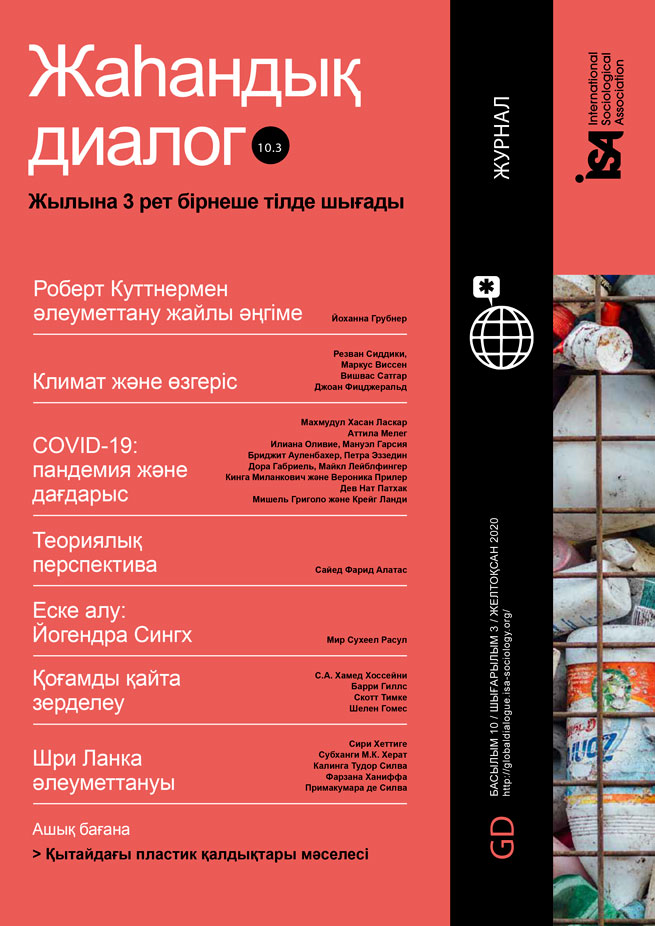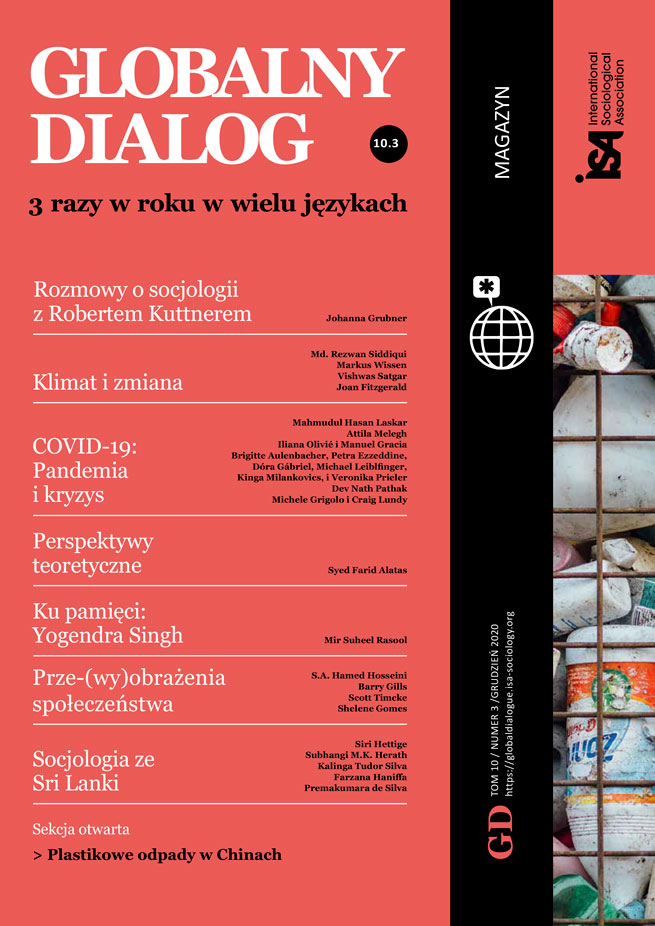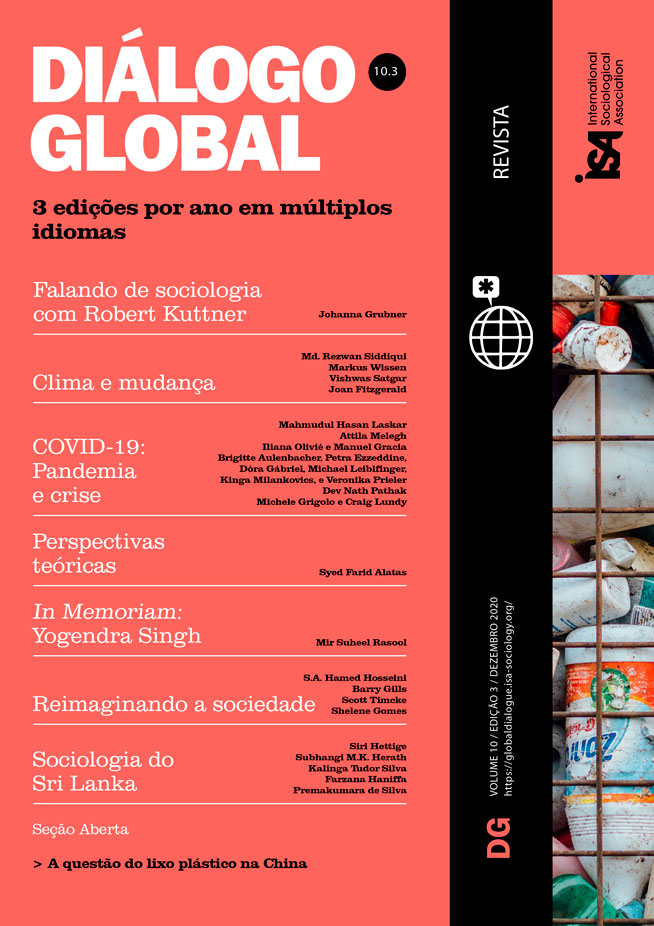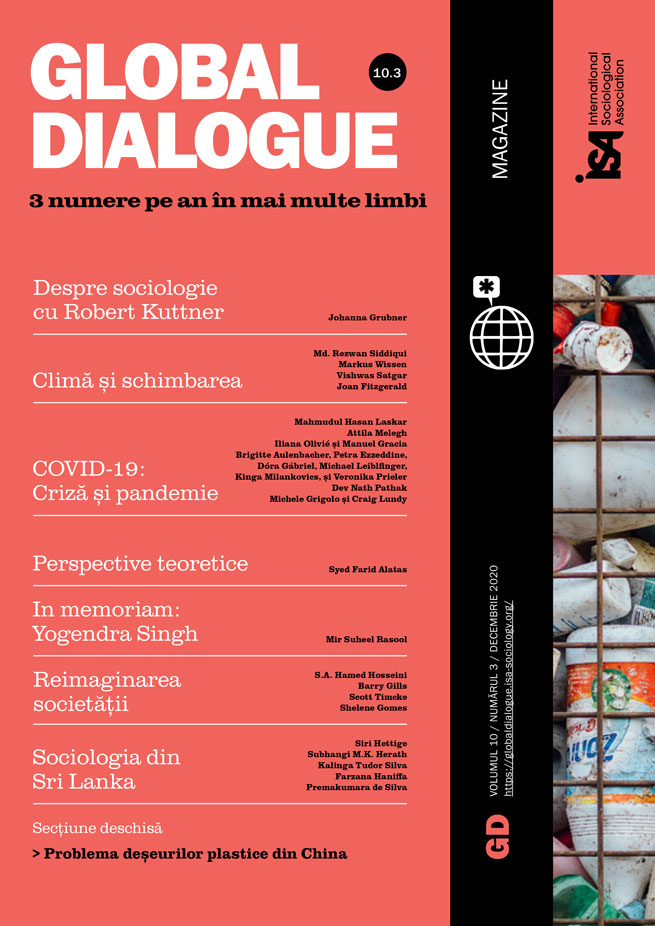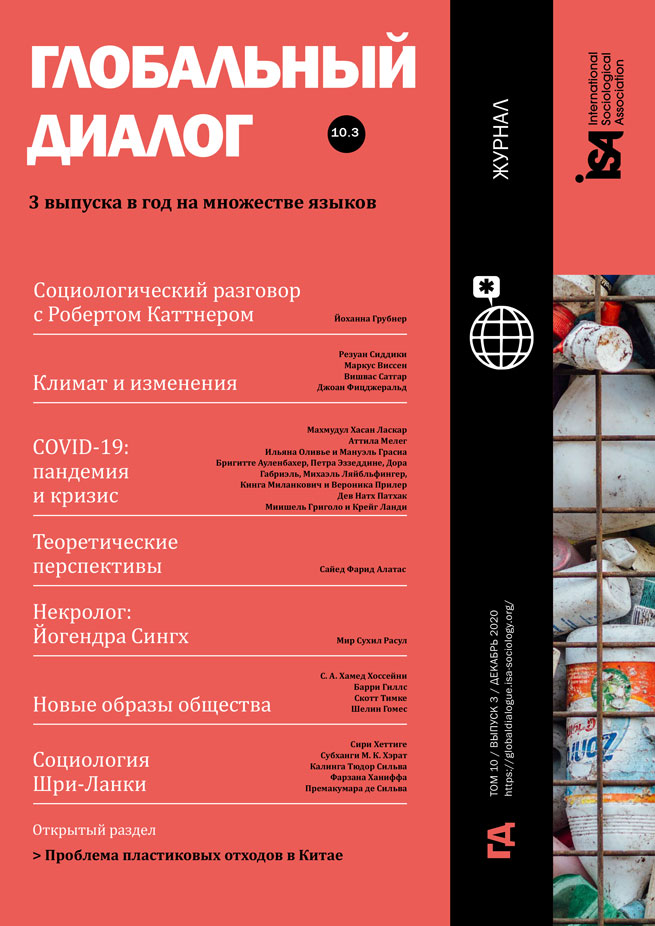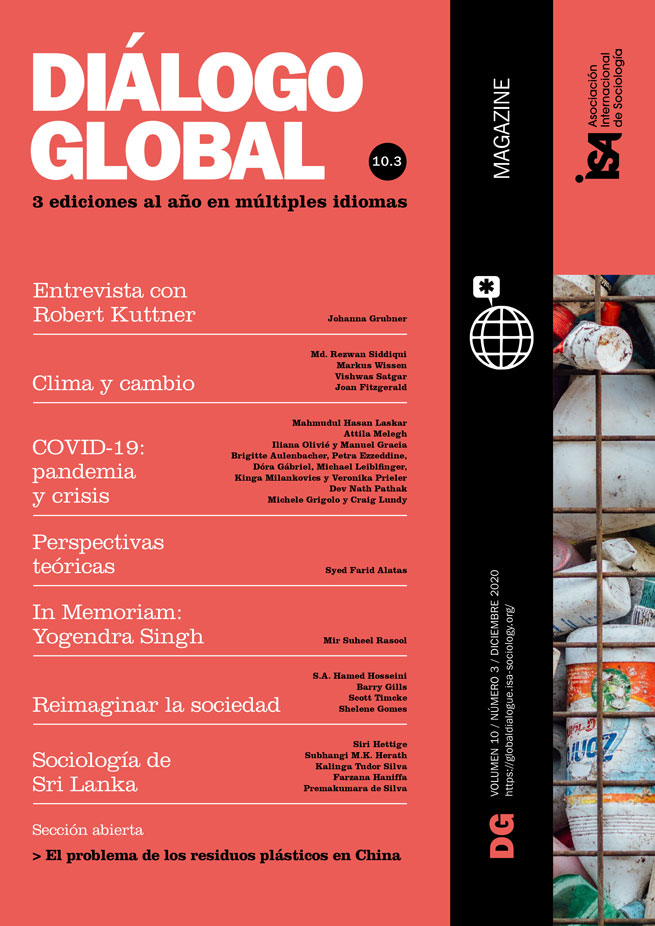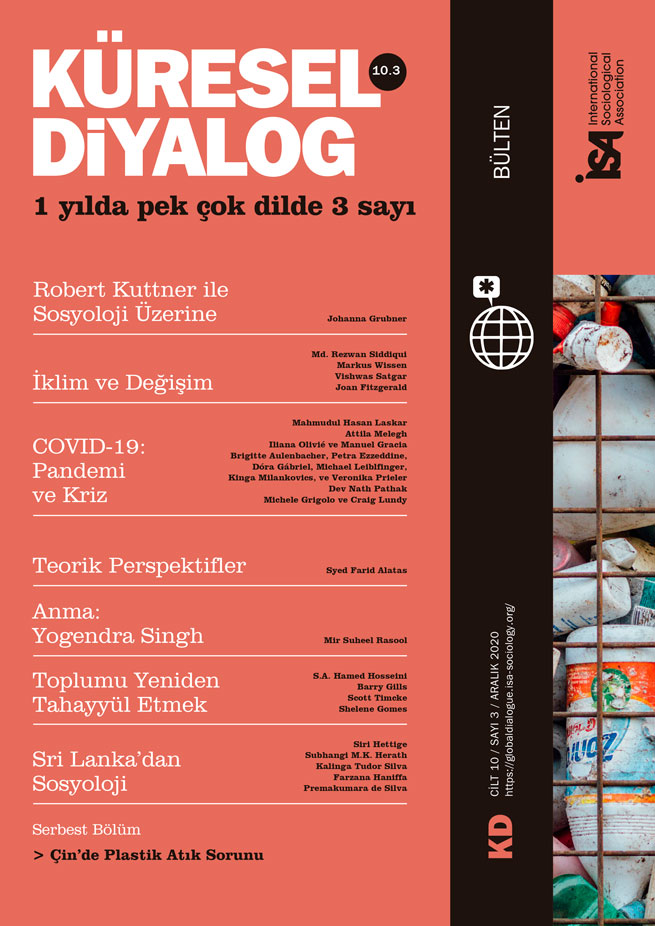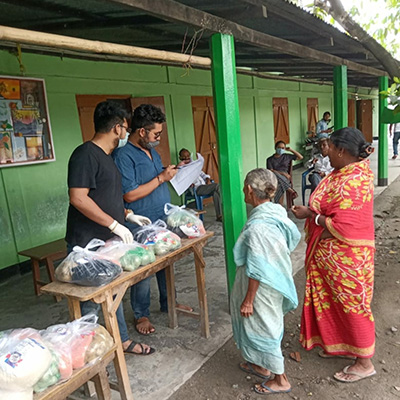To avert the spread of COVID-19, a nation-wide lockdown was instituted by the government of India. Harsh realities like the hierarchical segregation of the population and the uneven impact of the lockdown have received attention. The loss of jobs and wages due to the lockdown has made poverty and extreme inequalities even more visible. Most harsh is the ill treatment of the poor by rich and upper-middle classes. A popular trend since the inception of lockdown has been for wealthier people to share photographs of themselves on social media presenting relief materials to the poor. What purpose does this serve and what are the implications for genuine redistribution of these highly publicized acts?
Inadequacy of response
The rich and wealthy middle classes are distributing a certain amount of materials, which may feed these poor one or two days. Why are the elites not able to understand that providing materials for one or two meals is not the solution? The big capitalists can mitigate the problem by utilizing their Corporate Social Responsibility (CSR) funds, but these corporate bigwigs instead invest the funds to generate further profits. The government alone is not able to ameliorate poverty unless capitalists give a helping hand in the process through ensuring “good jobs” not just engaging people in factories as means of production.
Photographs on social media portraying the scene of a wealthy person from a large building or bungalow distributing a small pack of relief material to the poor who stand in queue in the courtyard bring to mind the feudalistic pattern of social hierarchy. It is observed that the pack consists mainly of cooking oil (half liter to one liter), rice (2 to 3 kilograms), biscuits (2 to 3 packets), soup (1 to 2 packets), onions (1 to 2 kilograms) and potatoes (1 to 2 kilograms). It is a matter of introspection whether these items are enough for anyone to survive the over two-month-long lockdown period. What about the health and education of their children? While the wealthy are equipped with technological tools for e-learning or online education, the question of access to education for poor children who do not have such tools does not even occur to them.
Self-promotion through charity
The lockdown has become an opportunity for aspiring social workers to showcase their pseudo leadership and get political mileage. Serving relief materials to the poor has become a status symbol that is deliberately portrayed in social media. These pseudo social workers manage their impression for self-benefit. Peculiar pictures have appeared in Facebook showing people distributing food packets on the roadside or in market places. Showing hunger is not a matter of pride but rather of shame for anyone, but affluent people exhibit the distribution of food like an award ceremony. The distribution of food packets is glorified through social media as if the hungry poor will live their entire life with these food packets. In one instance, three people, including one cameraman, were seen distributing masks to roadside vegetable vendors in Guwahati city of Assam; the entire scene was choreographed and filmed by the cameraman with a sophisticated camera. Stranded migrant workers have suddenly become the concern of urban middle classes and certain categories of people. Before the lockdown these so-called social activists were hardly concerned about poor migrant workers because they were busy with other social media trends.
Shame and indignity
These egoistic wealthy middle classes are flaunting their own charitable image at the cost of the dignity of the poor. The poor are simply exasperated by this piety exhibited by the “social service” undertaken by the rich. They are anxious about their dignity, their life and that of their children because their vulnerability is presented by the social worker on social media. Their poverty has become a stigma for them because their condition is being filmed in a ridiculous manner. Affluent people in a neighbourhood are handing over materials in a ceremonial way and other less affluent are receiving with a sense of helplessness and guilt. Now these poorer people will have to live with the pressure of the pseudo compassion their affluent neighbours have shown them. The children of the poor may find it difficult to manage self-confidence in the school due to the “performance” of social work that exposed their poverty in an insensitive manner. Expressing one’s poverty is not a shameful act, but the treating of the poor like beggars by these performers of social work is humiliating. That is one reason why poor or weaker sections of society suffer from xenocentrism or the identification with the culture and habits of others, rather than their own. The degradation of self-esteem has already occurred because of the decline of agriculture, once a self-reliant and vibrant sector of the Indian economy. Industrialization has created a labor market for manual wage labor, so that those who were once self-reliant rural people are now migrants in the cities and make up major sections of the urban poor.
Real solutions
The issue of migrants has become a subject of pseudo intellectualism and social activism in social media. But the real solutions to their problems are different, and include approaches like going back to self-reliant agriculture, environmentalism for protecting livelihoods and natural resources and the promotion of indigenous small-scale and cottage industries. These can initiate real solutions to migrant issues and poverty in India but unfortunately seminars (now webinars), symposiums and social media posts just create superficial debate and discussion without any effective discourse.
Relief or food distribution has turned into a photography competition in social media that ultimately affects the poor’s dignity in life. It offers no long-term solution. If the affluent are serious about helping the poor, they should do it in terms of redistribution of wealth without exhibiting it as a matter of status or pride.
Mahmudul Hasan Laskar, University of Science and Technology, Meghalaya, India <rhasanlaskaramu@gmail.com>



